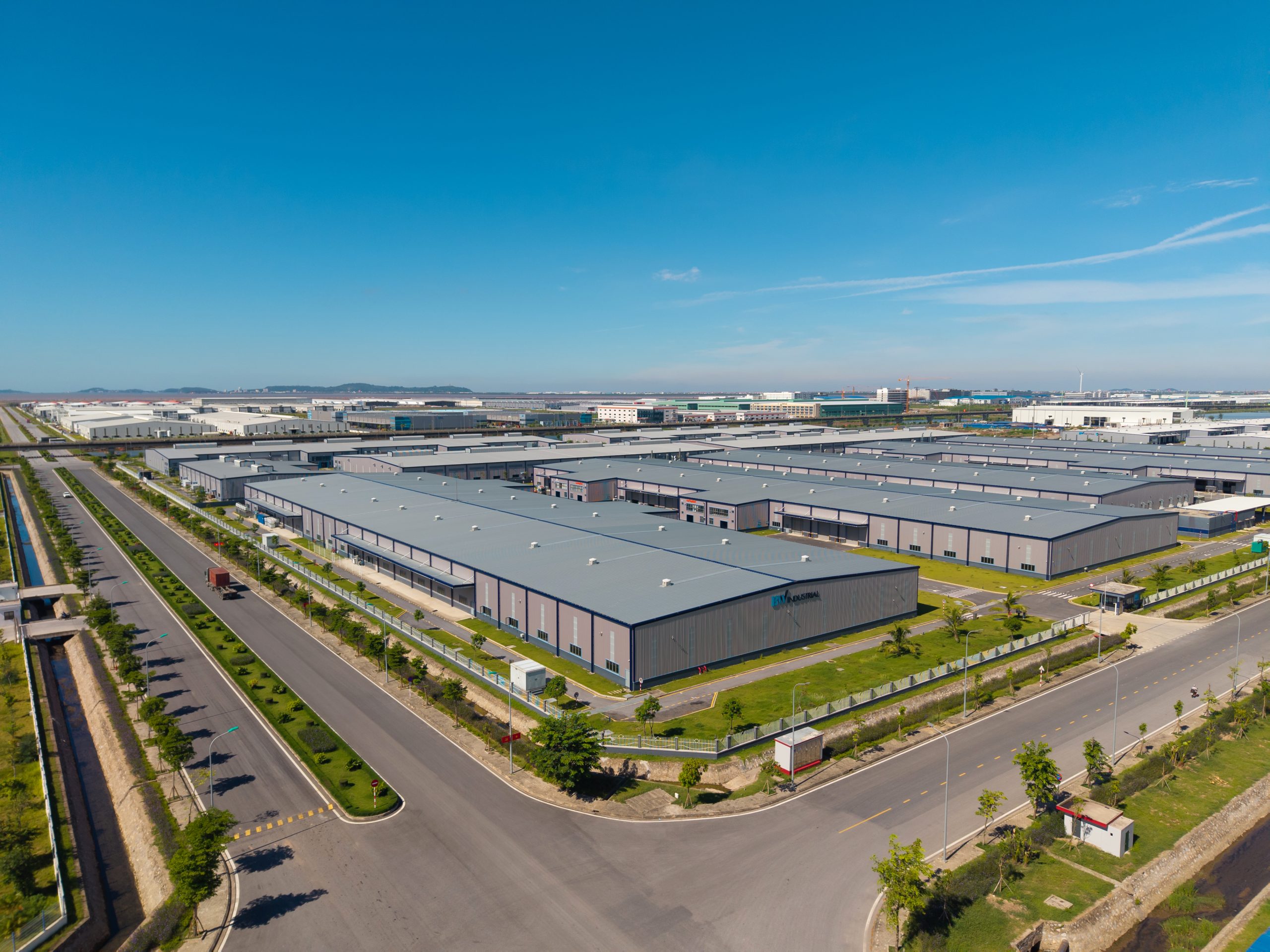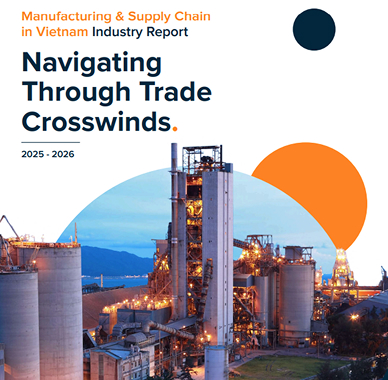Legal
Navigating Vietnam’s Corporate Income Tax Landscape: A Comprehensive Overview And Updates
July 1, 2024
Corporate Income Tax (CIT) in Vietnam serves as a pivotal component of the country’s fiscal policy, directly impacting the profitability and investment climate for businesses. Understanding the nuances of CIT, including its definition, calculation methods, standard rates, incentives, and recent updates, is crucial for companies operating within Vietnam’s dynamic business landscape.
CIT Definition and Calculation
In essence, CIT functions as a direct levy on the profits generated by companies or organizations operating in Vietnam. The taxable income is determined as the variance between total revenue (commonly referred to as assessable income) and total allowable expenses (often termed as deductible expenses) incurred by the company during the tax year.
A standard CIT rate of 20% is imposed on taxable profits earned by businesses.
CIT Incentives
Vietnam offers two primary CIT incentives to foster economic growth and attract investment:
- Preferential Tax Rates: Companies engaging in specific industries or sectors deemed vital for national development may benefit from preferential tax rates, which are typically lower than the standard 20%. These preferential rates aim to incentivize investment in priority areas, such as technology, supporting industries, and infrastructure.
- Tax Holidays: Certain projects or enterprises may qualify for tax holidays, during which they are exempt from paying CIT or enjoy a 50% CIT reduction for a specified duration. These incentives vary based on the nature of the business, its location, and its contribution to strategic objectives outlined by the government.
In Vietnam, CIT incentives are granted based on business lines (investment encouraged sectors) and geographical locations (areas with difficult socio-economic conditions and special zones), reflecting the government’s strategic focus on balanced regional development and targeted industrial growth.
Table 1- Corporate Income Tax Incentives
| No. | Condition | CIT Incentives | ||
| PreferentialCIT rate | CIT exemption period | 50% CIT reduction period | ||
| 1 |
|
10% for 15 years or for whole life for special projects | 4 years | 5 2to 9 years |
| 2 |
|
17% for 10 years | 2 years | 4 years |
| 3 |
|
15% for whole project life | No | No |
| 4 |
|
No | 2 years | 4 years |
These CIT incentives provide an effective corporate income tax rate for foreign-invested enterprises of only 12.3%, while some large multinational corporations even pay as low as 2.75%-5.95%.
Global minimum tax and its impact on corporate income tax in Vietnam
Vietnam, as a member of the Multilateral Convention to Implement Tax Treaty Related Measures to Prevent Base Erosion and Profit Shifting (MLI) by the Organization for Economic Co-operation and Development (OECD) since February 2022, has adopted the global minimum tax regime since January 1, 2024.
Accordingly, large multinational corporations are liable to pay a minimum 15% level of corporation tax on profit in each area/country they operate. This applies to corporations with annual consolidated revenues of at least EUR 750 million in at least two of the four preceding fiscal years. So if the effective tax rate is below the 15% minimum rate, a top-up tax will be imposed in Vietnam. In effect this will apply to all participating members regardless of where its profits are located.
While the global minimum tax primarily targets large multinational corporations with substantial revenue, smaller FIEs within their supply chain may also indirectly feel the impact. An estimate by the General Department of Taxation suggests that around 120 multinational corporations investing in Vietnam (with over 1000 related enterprises) will be affected by the minimum tax policy.
On the positive side, the global minimum tax policy holds potential benefits for Vietnam. It could serve as a deterrent against tax evasion, avoidance, or transfer pricing by multinational corporations operating within the country. Furthermore, it may act as a safeguard against a “race to the bottom” in preferential tax rates among nations. Additionally, elevating the tax rate to the minimum 15% for businesses could generate extra revenue for Vietnam. This additional income could be channeled into supporting infrastructure, human resource development, and other vital sectors, thereby alleviating the burden placed on investors by the minimum tax.







